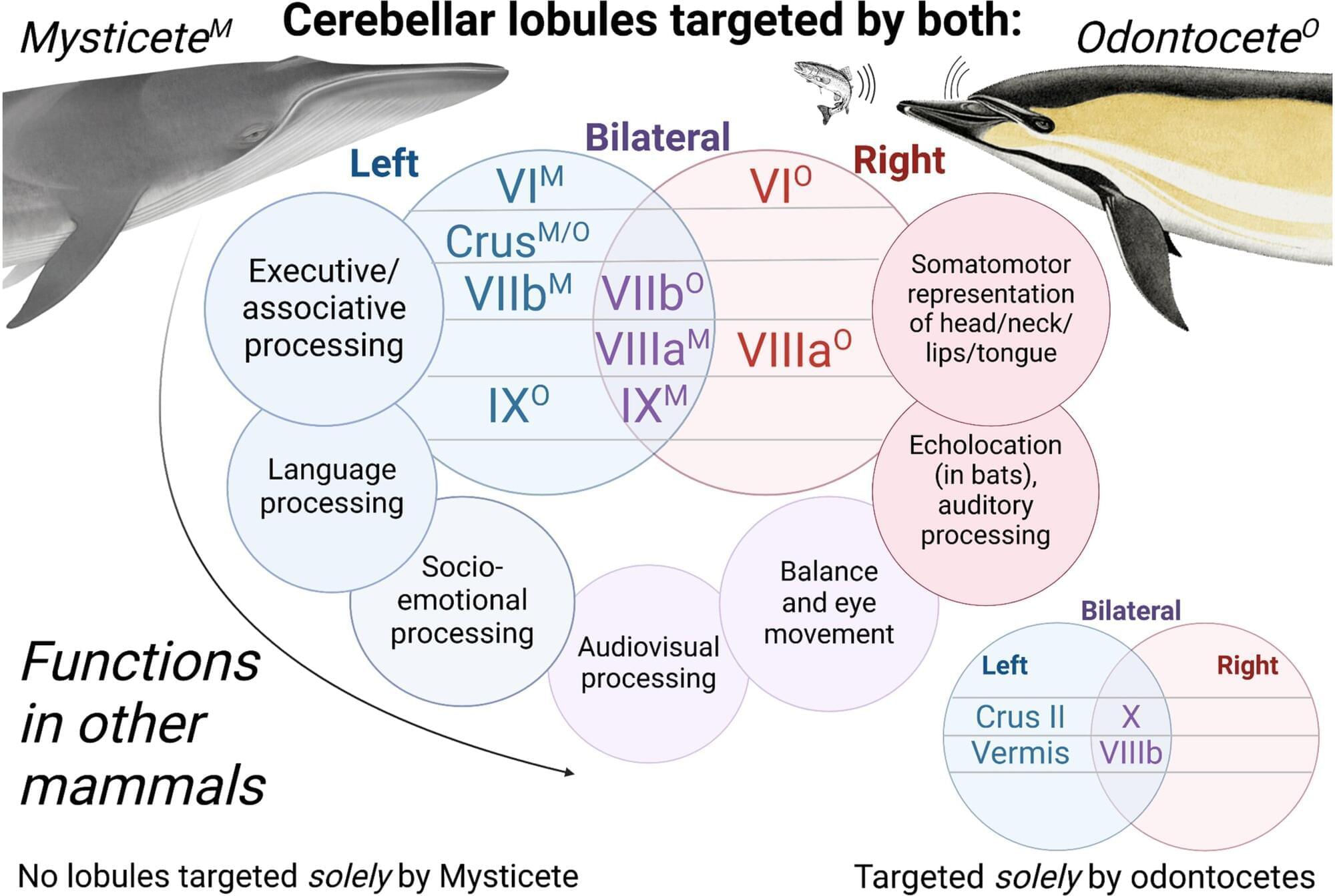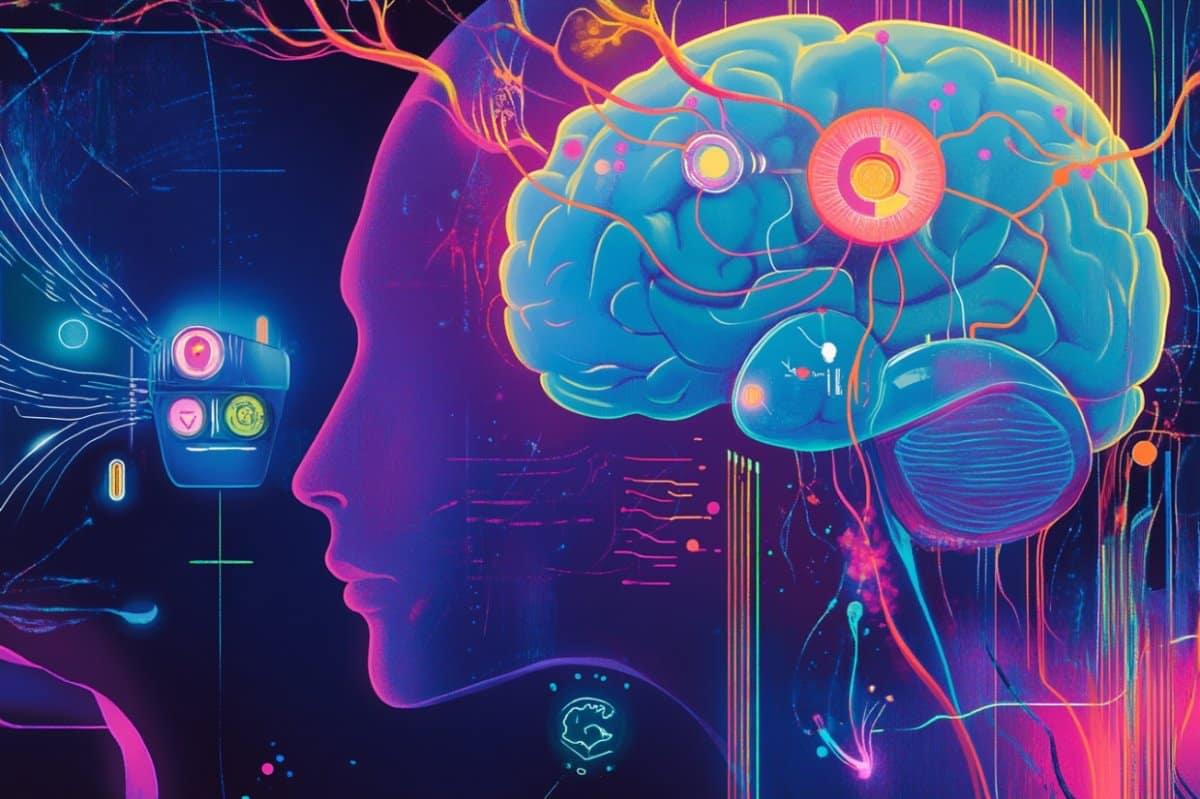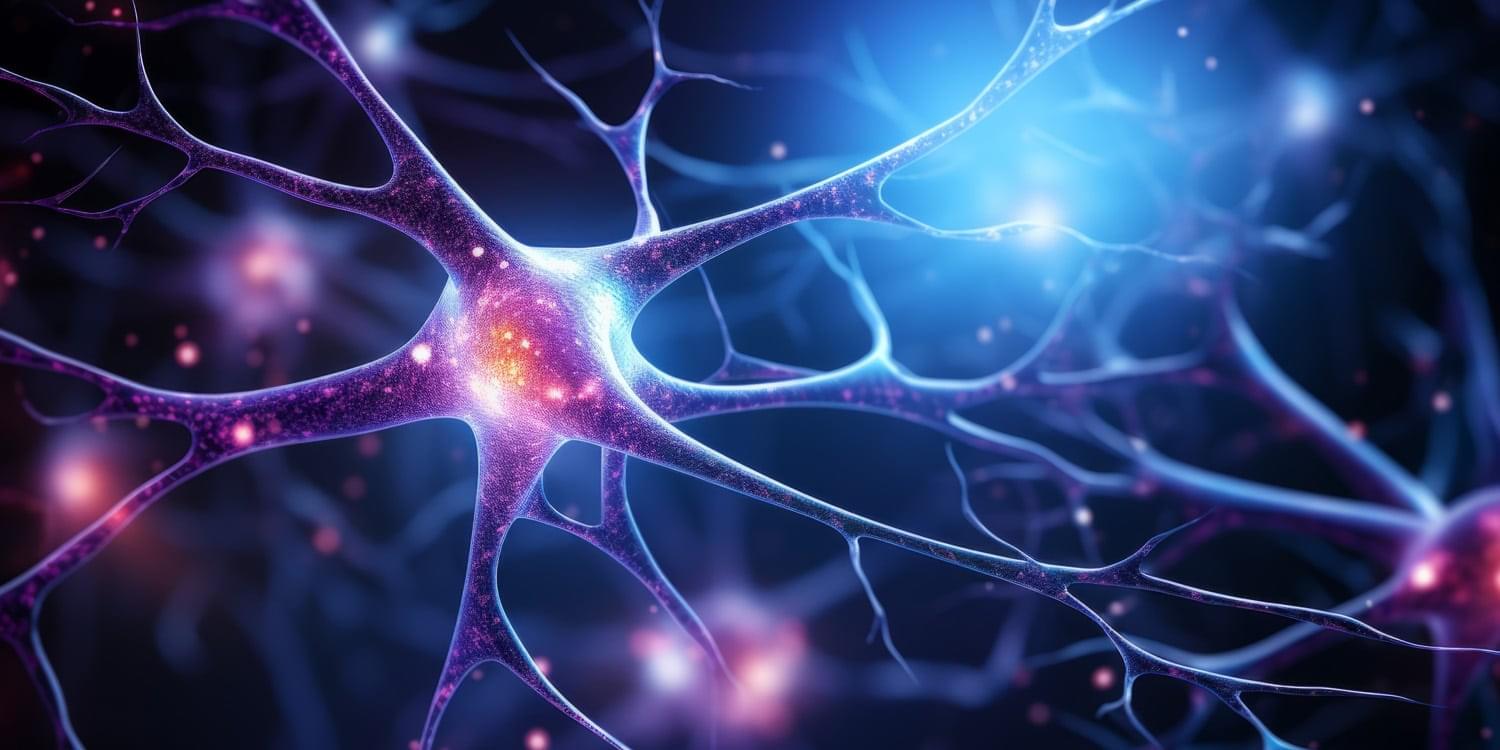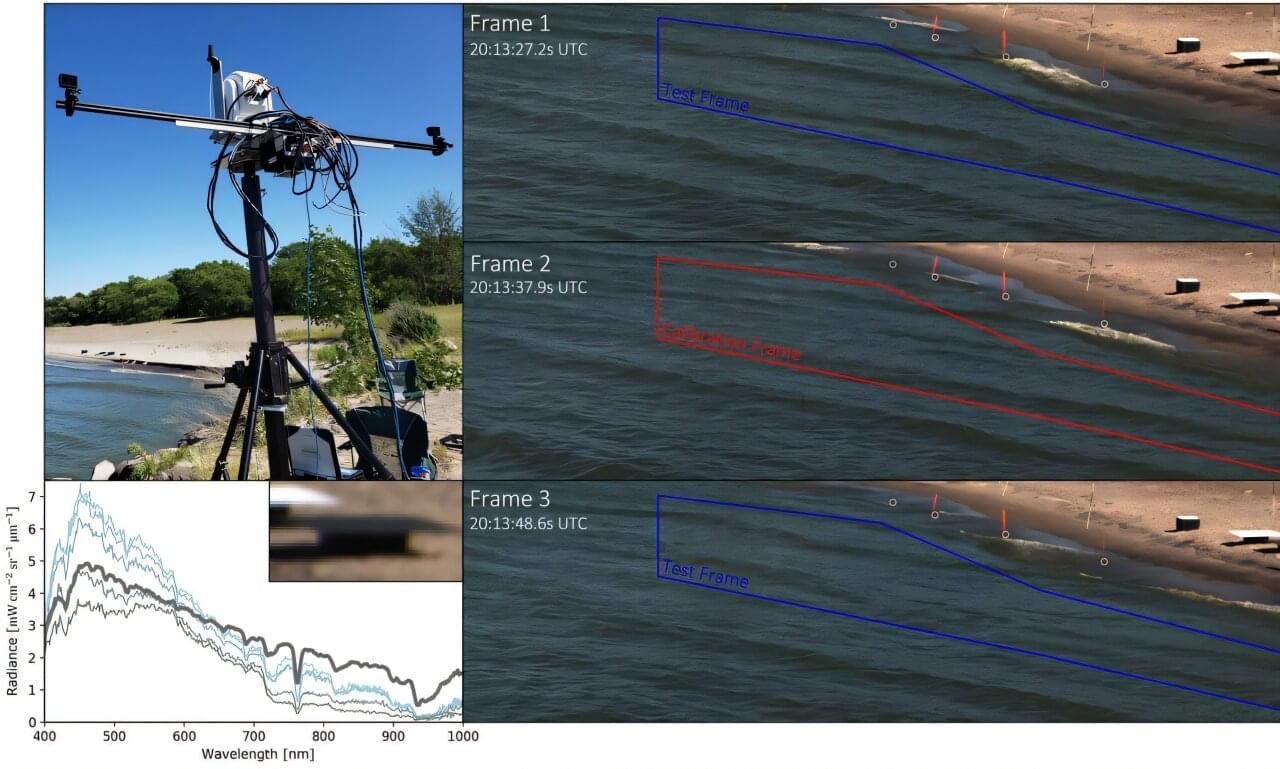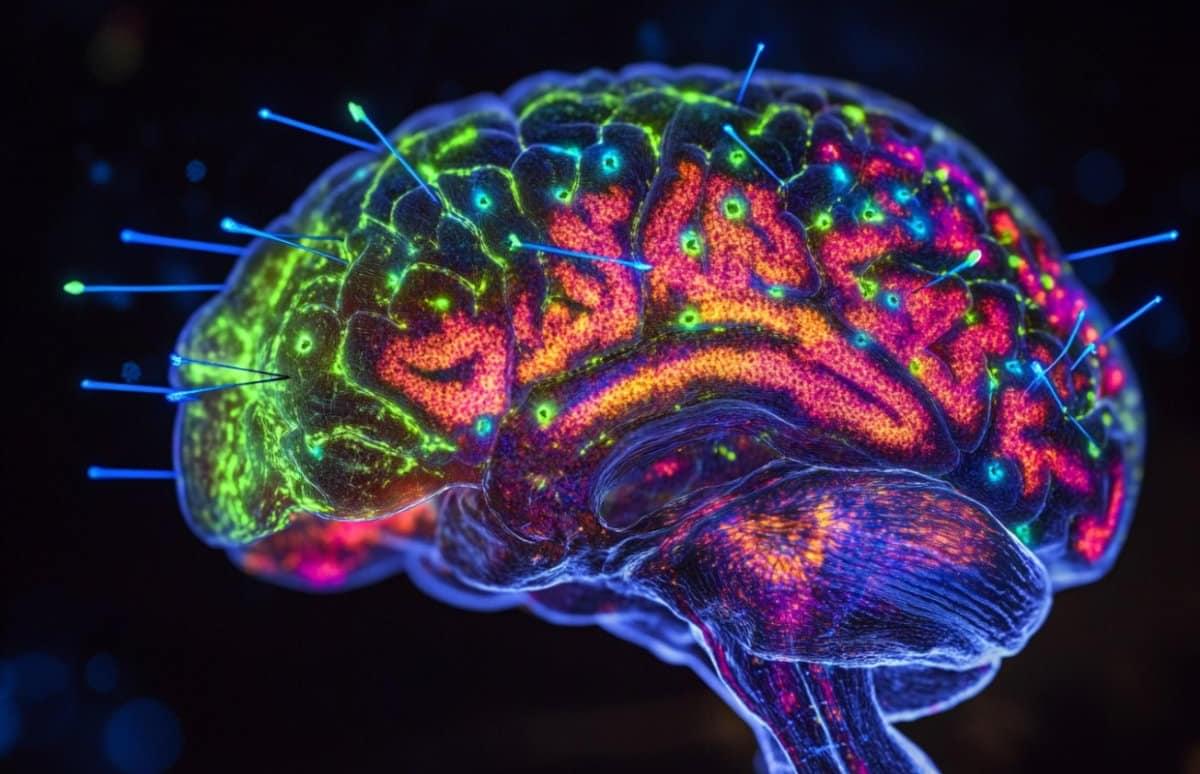A popular 2D active material, molybdenum disulfide (MoS2), just got a platinum upgrade at an atomic level. A study led by researchers from the University of Vienna and Vienna University of Technology embedded individual platinum (Pt) atoms onto an ultrathin MoS2 monolayer and, for the first time, pinpointed their exact positions within the lattice with atomic precision.
The study, published in the journal Nano Letters, achieved this feat with an innovative approach that integrates targeted defect creation in the MoS2 monolayer, controlled platinum deposition, and a high-contrast computational microscopic imaging technique—ptychography.
The researchers believe that this new strategy for ultra-precise doping and mapping offers new pathways for understanding and engineering atomic-scale features in 2D systems.


